Pocket-sized games played an important role in surviving, fighting, and winning war. In this post, we explore this history of soldier pocket games -- what they played, and what they looked like -- and how it inspired our modern travel game designs.
Games played three important roles in war:
- They were helpful distractions during the tense hours spent waiting for battle: as one soldier put it, playing games is better than sitting around thinking about everything that could go wrong in a battle.
- They buoyed morale, increased camaraderie, and provided entertainment during down time far away from home and family.
- After the battle, games (and craft!) were critical time-occupiers for the wounded recuperating in hospitals or recovering at home.
That’s why a pocket-sized game was in most soldier’s packs, among “the things they carried.”

Table of Contents
Which Pocket Games Were Carried by Soldiers?
In the Victorian age, games were resisted by command, seen as a gambling vice. But in time, war planners realized that games were also an important part of the war effort. In WWI, the German High Command called them kartonnen wapens: cardboard weapons, and WWII they were distributed in Red Cross care packages.
Since at least the 1700s, playing cards have been popularly known as the ultimate pocket game. However, dice games are actually much older and just as pack-friendly.
Dominoes and chess sets weren’t pack-friendly, but during WWII, advances in manufacturing and the sheer scale of the war effort inspired the first mass-produced series of miniature pocket-sized travel tile games and board games.
We’ll go through each type of game below, and share photos of historic artifacts and soldiers playing games in the field.
➡️ Product Feature
Domino playing cards have been in existence since at least the 1920's, but our modern version brings unique features. We increased the deck from Double 6 to Double 12 cards for large groups and added corner index numbers for fanning the cards in the hand. We hand-drew the dominoes in bright and cheerful colors for a playful feel, and printed them in two sizes.
Playing Cards
Playing cards are the most popular and well-known pocket-sized travel game. But which games the soldiers played using the cards changed with the times, from war to war.
Games played throughout history have followed trends. Some games played long ago are still familiar to us today, while some games have become much more rare.
During the Civil War soldiers played euchre, poker, whist, seven-up, keno, and twenty-one.

WWI soldiers likely played card games like Bingo, Skat, and Crown and Anchor, using their unit’s own deck, which were commercially produced by the US Playing Card Company for specialties like Artillery and Tanks.


By World War II, playing cards were an important part of the official war effort. They were distributed for free by the Red Cross in care packages.
Special editions for soldiers were printed for the Red Cross, who distributed them in their Christmas parcels along with special food treats like dried fruit and sausage. Vintage Red Cross card decks from the 1930’s and 1940’s can still be found on eBay and at estate sales.

WWII soldier Robert Swartz remembered, "Cards were the most popular form of individual entertainment. The decks of playing cards in the Christmas parcels were a most welcome addition to our stock."
At the time of World War II, the most popular games among US men were Poker, Bridge, and Pinochle.


➡️ Product Feature
Our original Travel Cribbage Board design was inspired by WWII soldiers, with a modern twist. We chose a brass tube for peg storage, which echoes the brass shell casings that were re-used in trench games. We also introduced half-size playing cards for ultra-light weight and size, and use modern machinery like a laser engraver on birch plywood for fine detail.
Dice
It’s probably fair to say that dice is the most ancient pocket-sized travel game of soldiers that we play today.
Playing cards date to the Middle Ages, but the oldest-known cubic dice found were from 2,500 BC – and prior to that, a form of 2-sided and 4-sided dice were played using shells and knucklebones around the ancient world: for entertainment, gambling, and fortune-telling.

The most ancient game was very popular during World Wars I and II – particularly Craps. It was so popular during both wars that soldiers sent postcards home to family joking about how much dice they were playing.



The game was so popular during World War II that a professional magician named John Scarne calculated the odds and printed them on tiny cheat sheets. He distributed 2,000,000 copies for servicemen to paste inside their helmets.
After analyzing Craps for the Army, John Scarne drew three conclusions:
1. Craps is an almost perfect gambling game: the shooter has a 49.293% chance of winning.
2. Soldiers gambled $300 million a month.
3. Most of their games were on the level: they were fair.

➡️ Product Feature
Our Travel Dice were heavily inspired by WWII soldier games and designed to be minimal for everyday carry. The dice are a unique size: large enough to feel comfortable in the hand but small enough to save size and weight. They are stored in a square brass tube that's held shut by a brass dogtag chain, which comes in either keychain or necklace lengths.
Pocket-Sized Board Games and Puzzles
There has probably never been a war without dice or playing cards. But by World War I, we know more soldiers began commonly playing on pocket-sized board games.
The first pocket-sized board games were handmade. Checkers could be made with bits of buttons and hand-marked fabric, and travel-sized chess sets were hand-carved from bits of scrap wood.

It wasn't until World War II that more elaborate pocket-sized travel games were developed, produced, and distributed in large quantities at minimal cost, thanks to humanitarian organizations and war departments.
One game company from Michigan embraced the challenge and became a primary supplier. But unique sponsored editions were also made and distributed for companies and organizations.
Drueke’s Original Library of Pocket Games
William F. Drueke and Sons, a chess, checkers, and poker accessories manufacturer from Grand Rapids Michigan, produced its first pocket-sized travel board games during World War I. A travel-sized cribbage board was one of the first.


But during World War II, they ramped up production and created a new and extensive catalog. A government contract took pocket board games to the next level.
Drueke produced at least 24 different miniature-sized games as a coordinated “library” set called Play-a-way. Each game was assigned a volume number, like encyclopedias, beginning with Vol. 100.
It included clever adaptations of casino games like roulette; traditional fare like checkers, cribbage, chess, and pocket backgammon; more obscure games and puzzles like Nine Man Morris; and original games, including adaptations of popular pastimes like baseball and bowling in board game form. Some of these games and puzzles were designed to be played solo.
During World War II the factory produced 5,000 small games a day for the military. The largest order was for a railroad car full of cribbage boards!
Soldiers and their families purchased these economical, pocket-sized board games directly from Drueke, who shipped them to soldiers. Drueke advertised the library games to family members at home as “The Ideal Gift for the Men in Service!”
The games were mostly made of sturdy cardboard or paperboard, and sometimes “leatherette” (faux leather made from plastics). They often had ingenious little fold-out drawers and compartments for holding small game pieces. And they were in a consistent and coordinated size for collectors, fitting into a 5” x 5” mailing box.
All the games in the catalog sold for $1 or less. Many of them can now be found vintage in antique stores and eBay:



➡️ Product Feature
Unlike the Drueke board games made from paperboard, we built ours to last using quality natural materials. American full grain leather, solid metal pegs, and responsibly-sourced Pacific Northwest hardwoods all shine beautifully on our durable handmade Travel Backgammon Board. Learn how to play backgammon with our simplified rules of play!




Sponsored Pocket Board Games
In addition to the widespread and wide-ranging Drueke library, special editions of common board games like chess, checkers, and tic-tac-toe were distributed by government agencies, humanitarian agencies like the Red Cross, and sponsored by companies like Coca-Cola.
Many of these sponsored pocket games also sported interesting innovations, like a strap for wrapping the game to a soldier’s leg, slits cut into the cardboard to save progress on an active chess game made from paper, or a book with score sheets for running multiple games. Sizes varied from 4” square to 16” square, and some held multiple games in one kit.




Teetotums (Put & Take)
Teetotums (spinning tops used for gaming) date back to at least ancient Rome and Greece, but their popularity has waxed and waned through the years. In the 1600s, the well-known 4-sided version called the dreidel, the game popularly played at Hanukkah, was developed in Germany.
But during WWII, the teetotum went through “a true ‘craze’.”
American doughboys brought a six-sided dreidel-like game to the front, and it spread like wildfire. Many brass teetotums were made in the trenches from melted-down bullet casings. The teetotum was very small and easy to carry, and the game, later called Put & Take, was a gambling game with the spinner having to “put” or “take” one, two, or all ante items (chips, cigarettes, coins) from the pot.

The war introduced the game to the world. In the 1920's and 1930's the craze went worldwide, even resulting in a Buster Keaton silent film, a Broadway show, and a jazz swing composition. It's said that the proliferation of loaded teetotums and rampant cheating ultimately led to the fall of interest in the game by WWII.
Modern Uses for Pocket Games Inspired by Soldier Pocket Games
More than anybody, soldiers throughout time have known the importance of good travel games to while away time in the field. And more than anybody, they also appreciate the game being cleverly-designed enough to be functional – while also being lightweight and small for their already-heavy packs.
That will sound familiar to anybody who has hiked the Appalachian Trail or backpacked across Europe! Much as MREs developed during World War II led to the ready adoption of popular TV dinners for civilians after the war, travel-sized games have found a place in our modern, civilian lives. The games have modernized right along with us. Modern technology and design innovations have introduced new, stronger materials like neodymium magnets, and computer-guided machines can create fine detail, carving directly into natural materials in quantity (rather than adhering paper to the surface, or hand carving)
Whether it's for travel, tiny living, ounce-counters, or stashed in everyday locations for spontaneous games, pocket-sized games bring fun, camaraderie, and stimulation wherever they go.
World Travel and Touring
For Rick Steves style world adventures, cruise ships, and long flights and train rides, these games will fit on the folding tray tables and tiny cafe tables of your dream trip.

Tiny House Living and #VanLife
When space is in short supply, these games will fit the space you have. They don’t take up too much storage space and they’re easier to play on small tables.
Hikers, Bikepackers, and Ounce-Counters
For the Appalachian or Pacific Crest Trail, and longer backpacking or bike-packing adventures, these little games are worth their weight in ounces. They’ll keep you and your hiking partners entertained in shelters and while away the hours during a rain break.
Stashed for Everyday Spontaneous Games
We love keeping these small games in our car glovebox, bike bag, or purse so we can play spontaneous games as a family when the opportunity presents itself. Like waiting at the station for an oil change, or waiting for your food at a restaurant.

Handcrafted Games Inspired by Historic Soldier Pocket Games
Resources
- Battle on the Board: Chess During WWII. World Chess Hall of Fame. Accessed 9/17/2024.
Biggins, Peter. William and Rose Smith Drueke Family . PetersPioneers.com. Accessed 9/17/24.
Bloom, Cathie. With Us Today: William F. Drueke . The Grand Rapids Press, September 7, 1995. Accessed on PetersPioneers.com 9/17/2024.
Costa, Pat. Games of the World War Two Soldier. PatCosta.com. Accessed 9/16/2024.
Eisenstadt, Robert. Put and Take. Robert Eisenstadt's Antique Gambling Chips & Gambling Memorabilia Web Site. Accessed 9/19/2024.
Elphick, James Four Ways Americans Have Used Playing Cards in War . HistoryNet. Accessed 9/17/2024.
Entertaining the Troops . National WWI Museum and Memorial. Accessed 9/17/2024.
Huets, Jean. Killing Time. New York Times, September 7, 2012. NYT.com. Accessed 9/17/24.
Nye, Logan. 6 games World War I soldiers played in the trenches . WeAreTheMighty.com. Accessed 9/17/2024.
Stilwell, Blake. A Brief History of US Troops Playing Cards . WeAreTheMighty.com. Accessed 9/17/2024.
Thompson, Joanna. Sticks, Stones, and Knucklebones: The History of Dice. How Stuff Works, accessed 9/18/2024.
Thomsen, Thomas. Prison Camp Chess Sets. Chess Museum, accessed 9/19/2024.




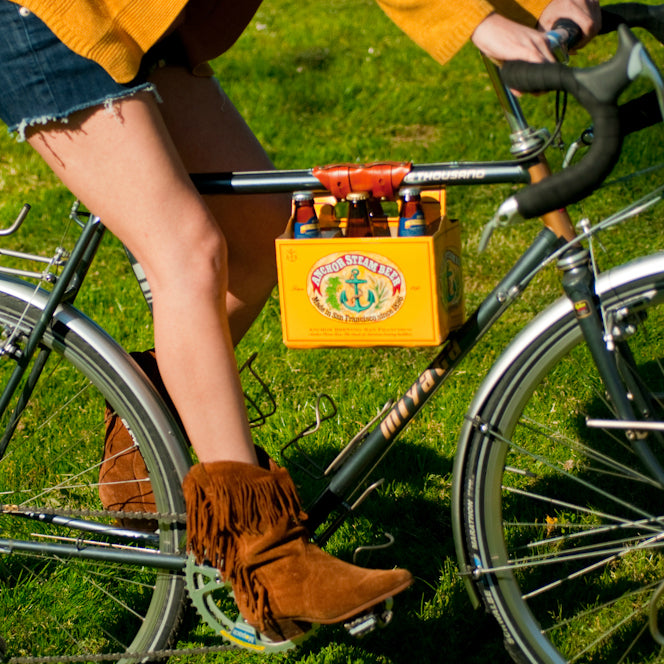
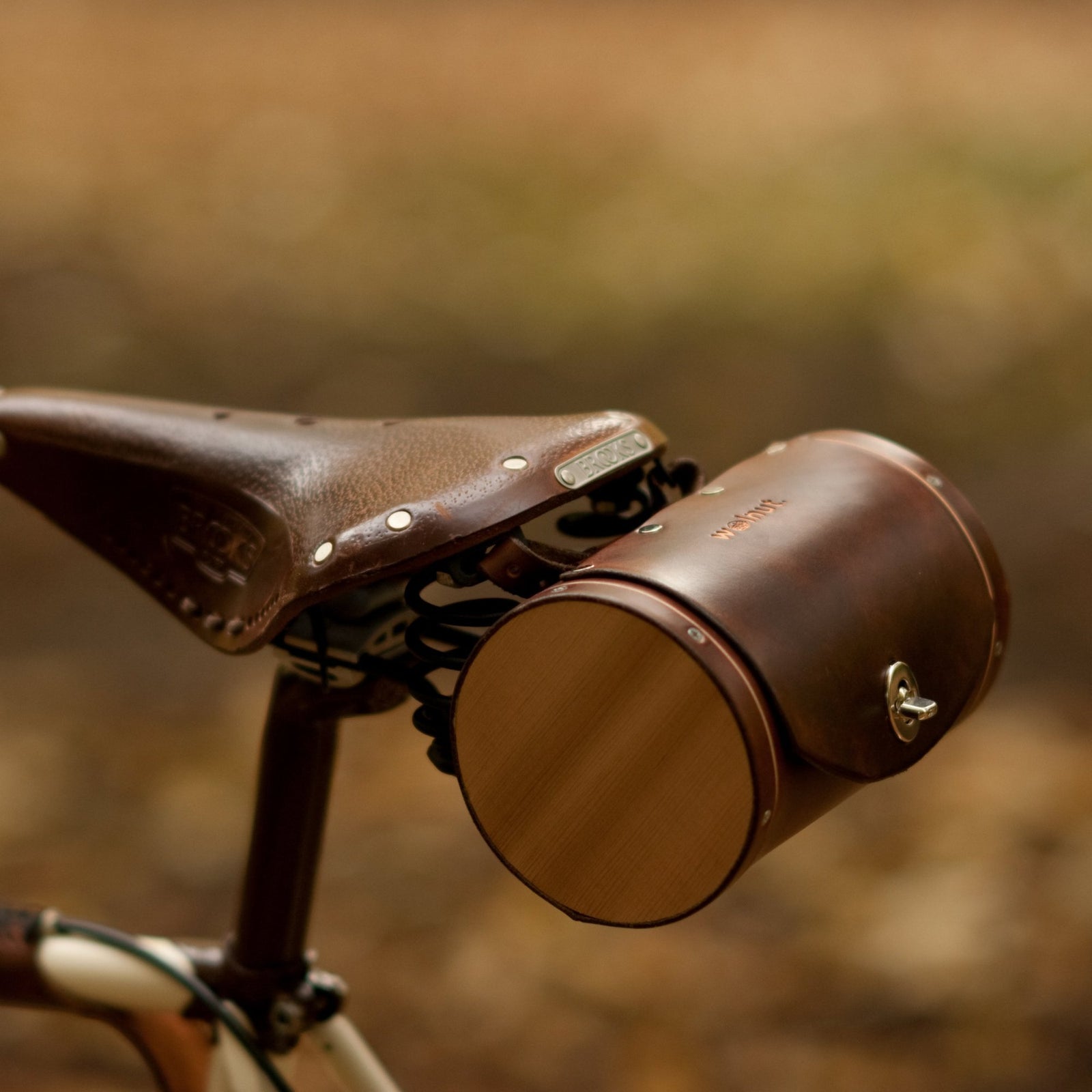
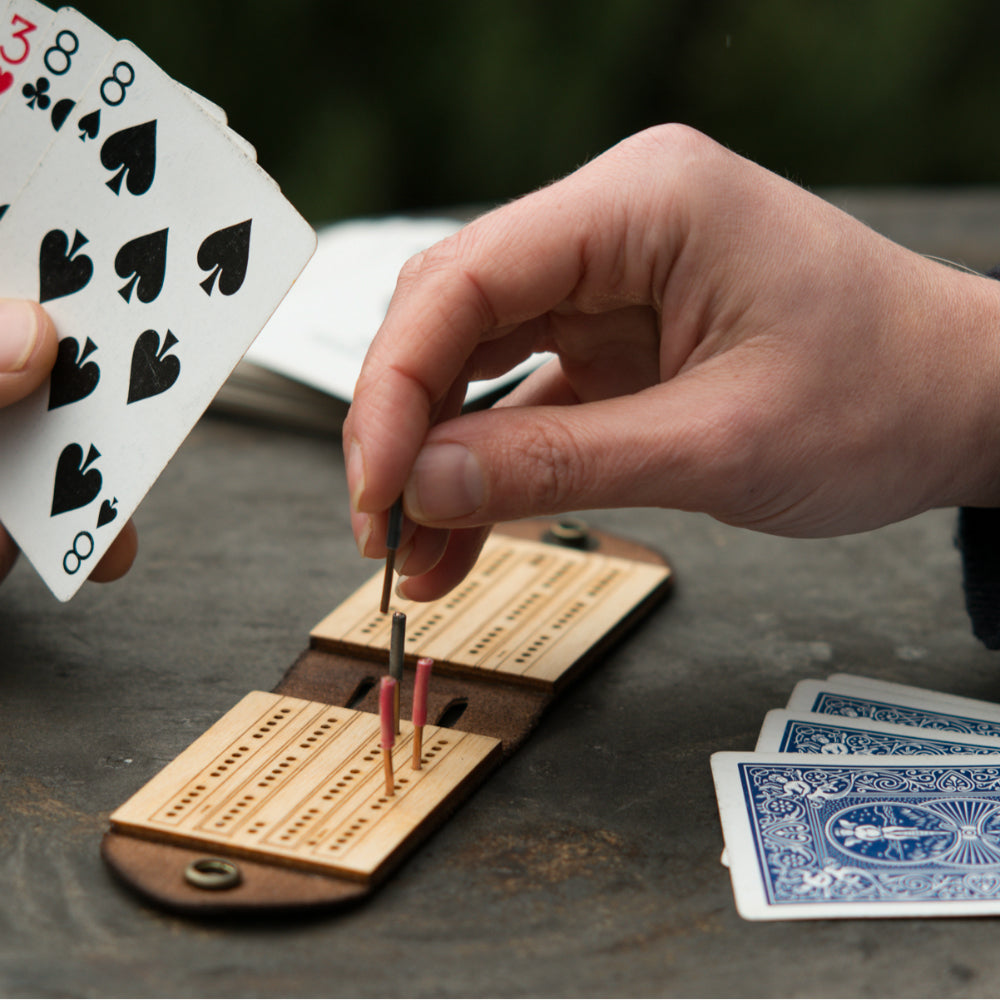
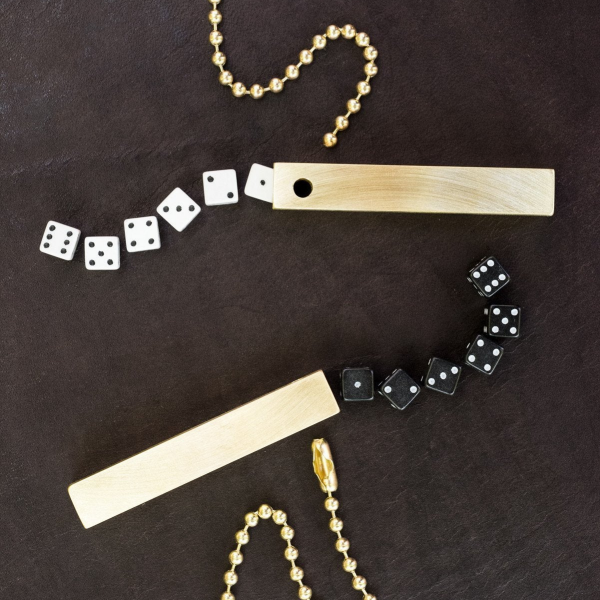
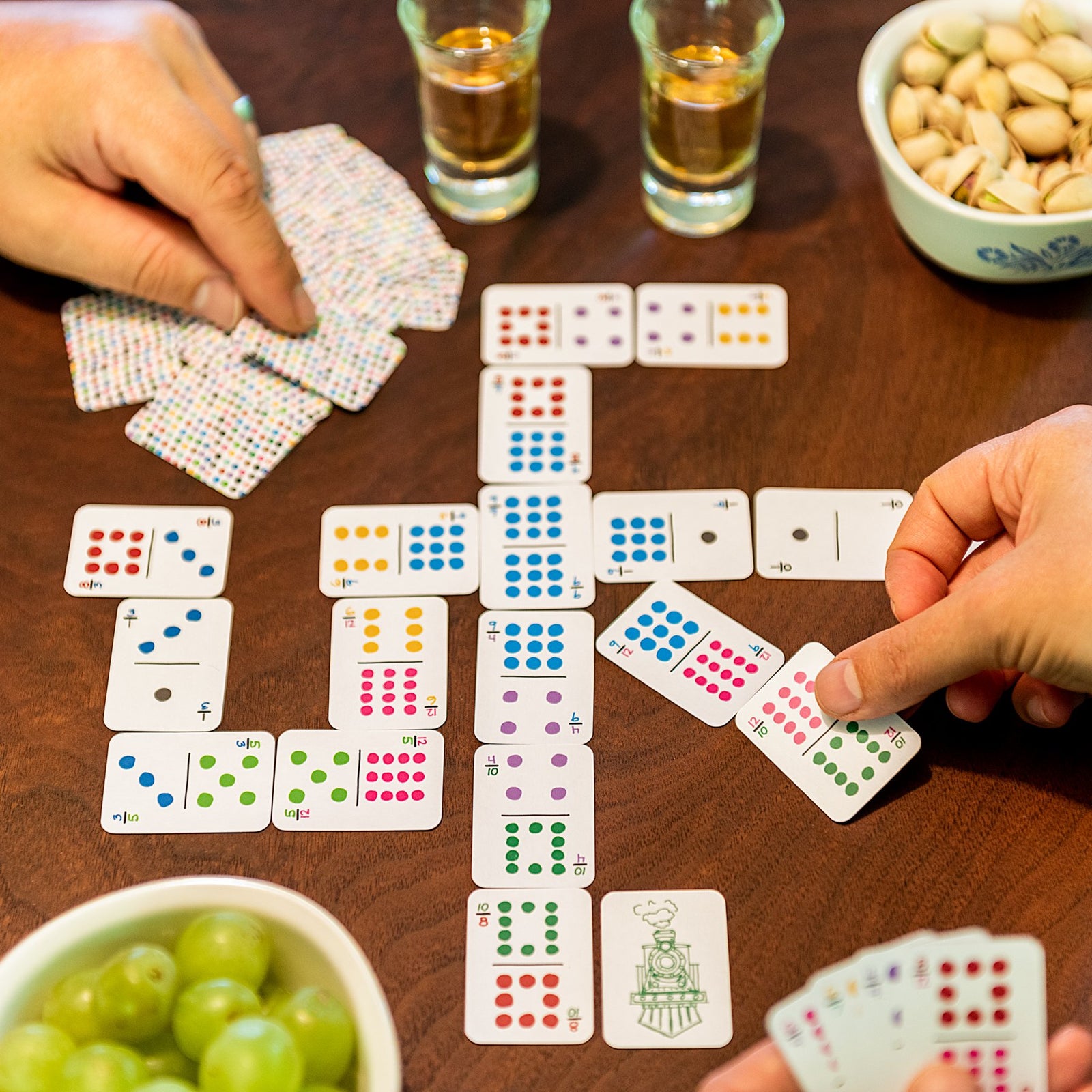
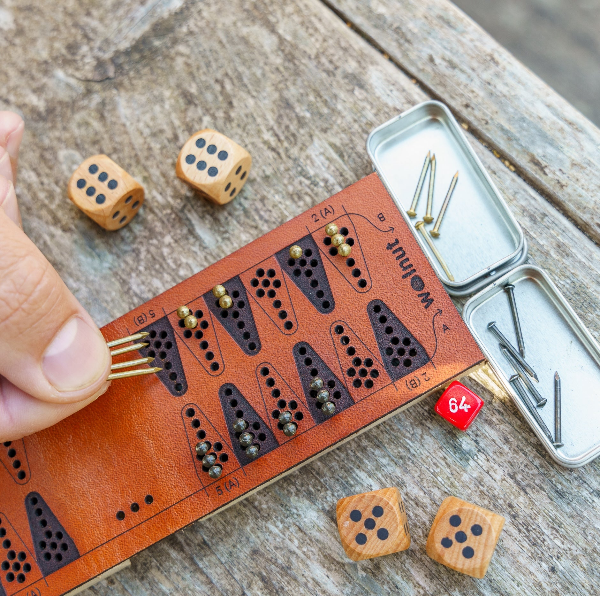
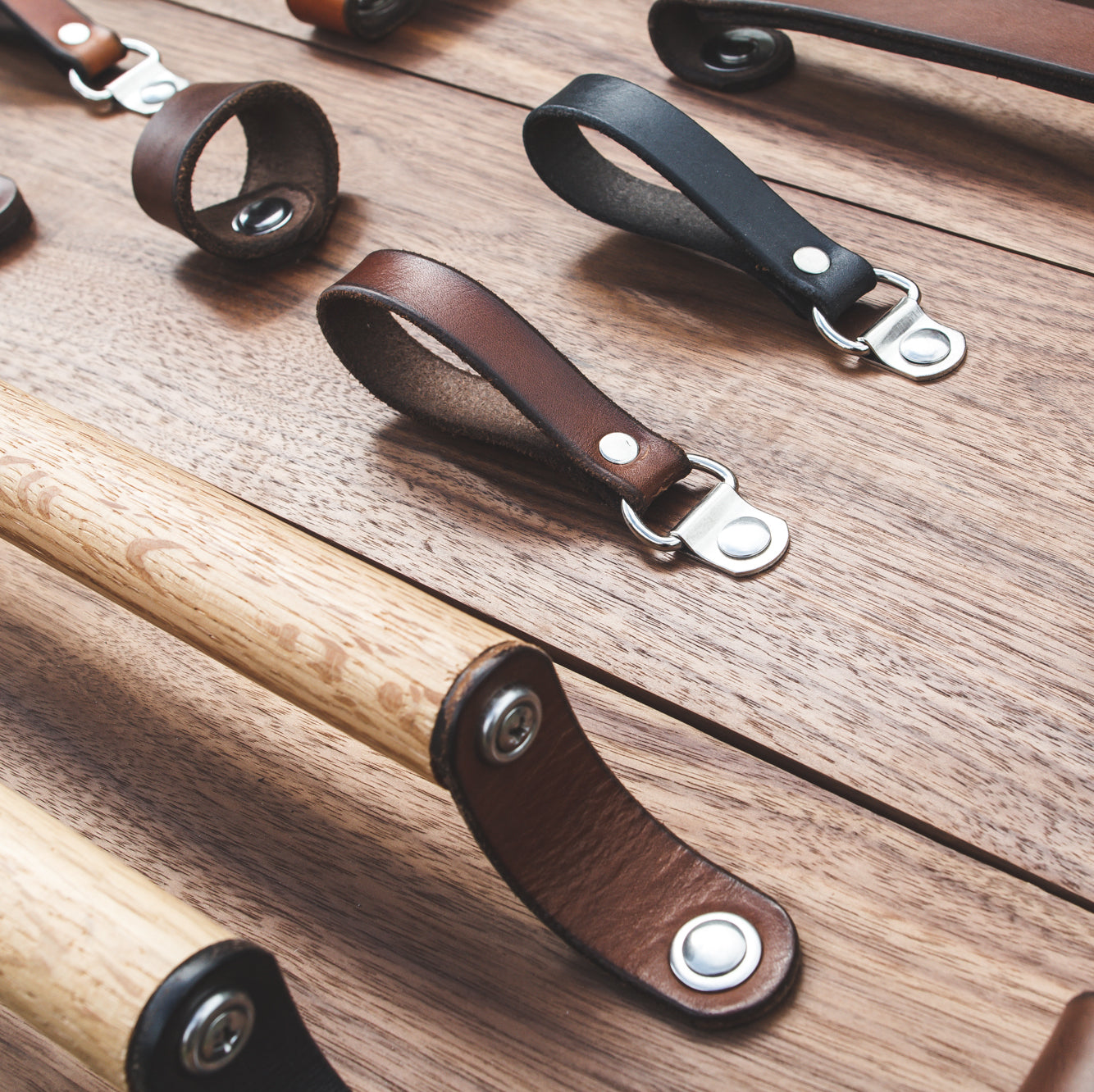
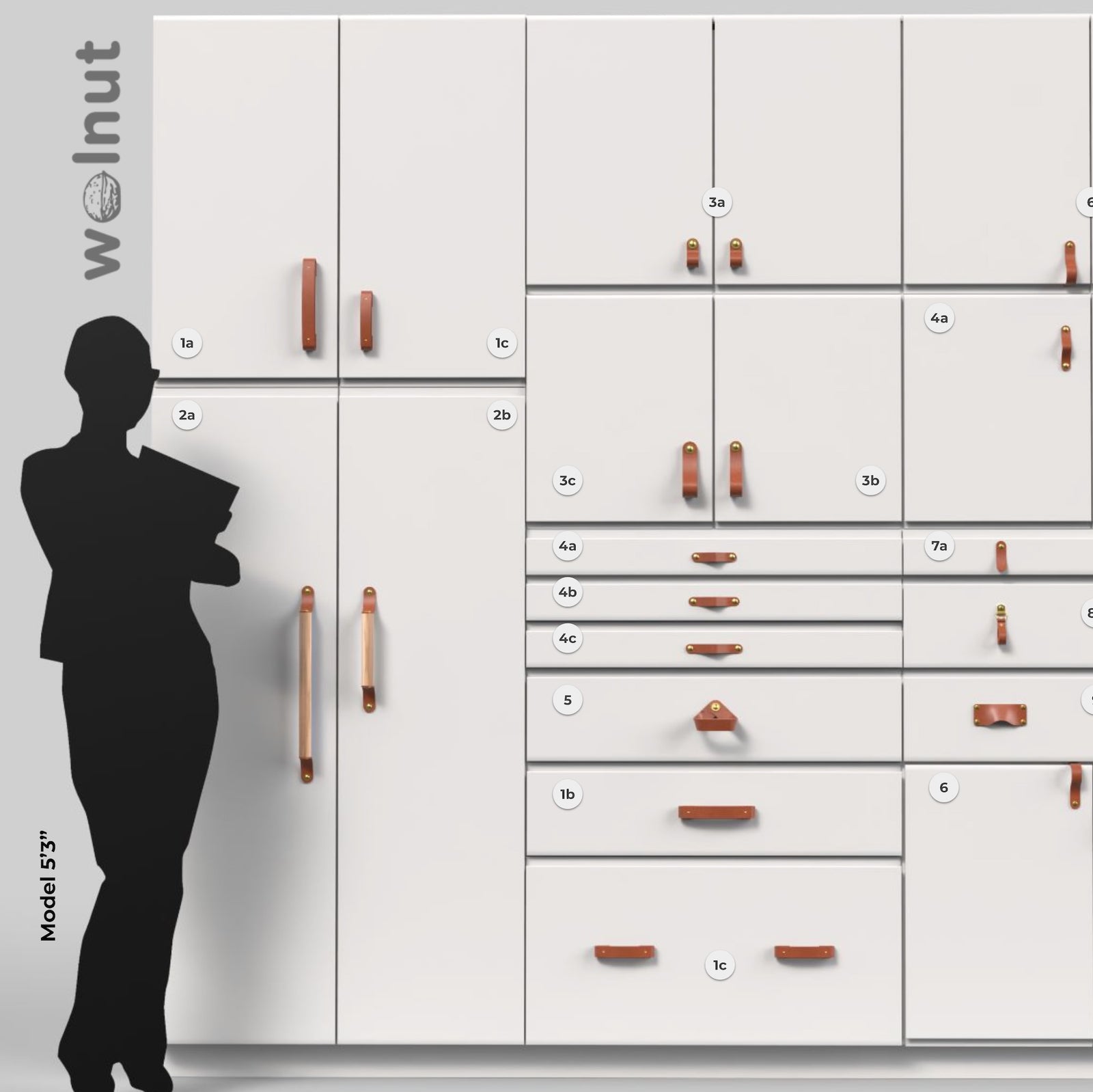
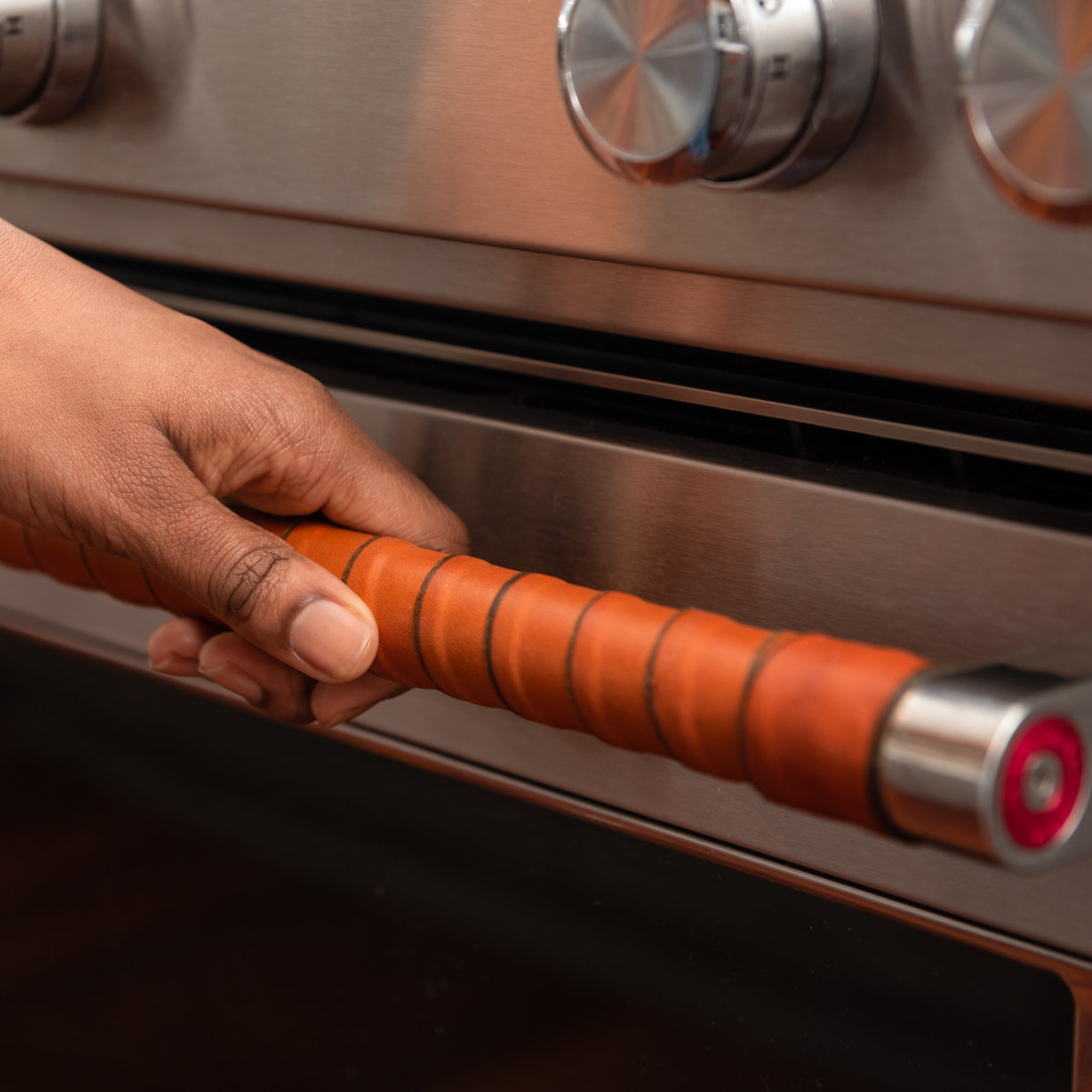
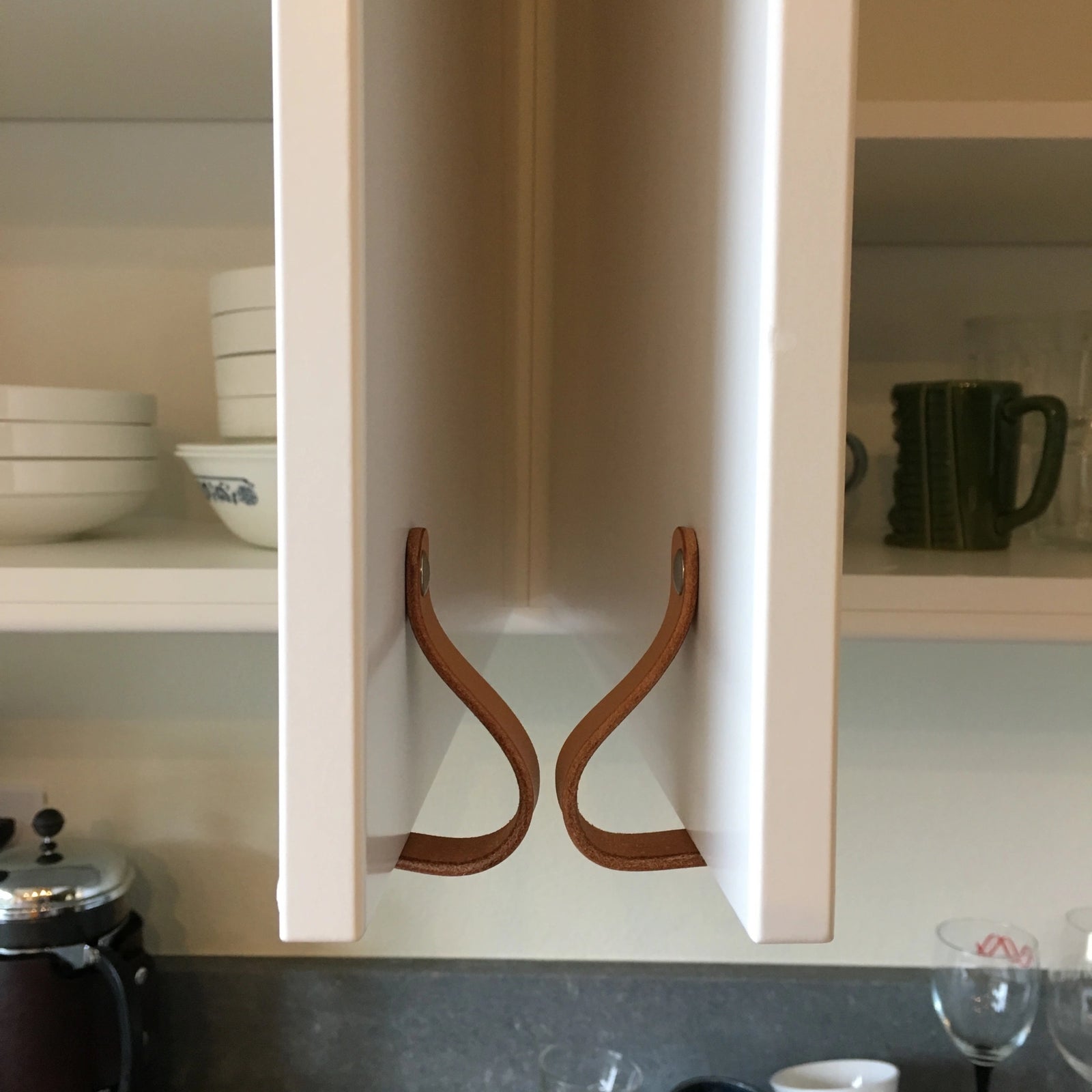


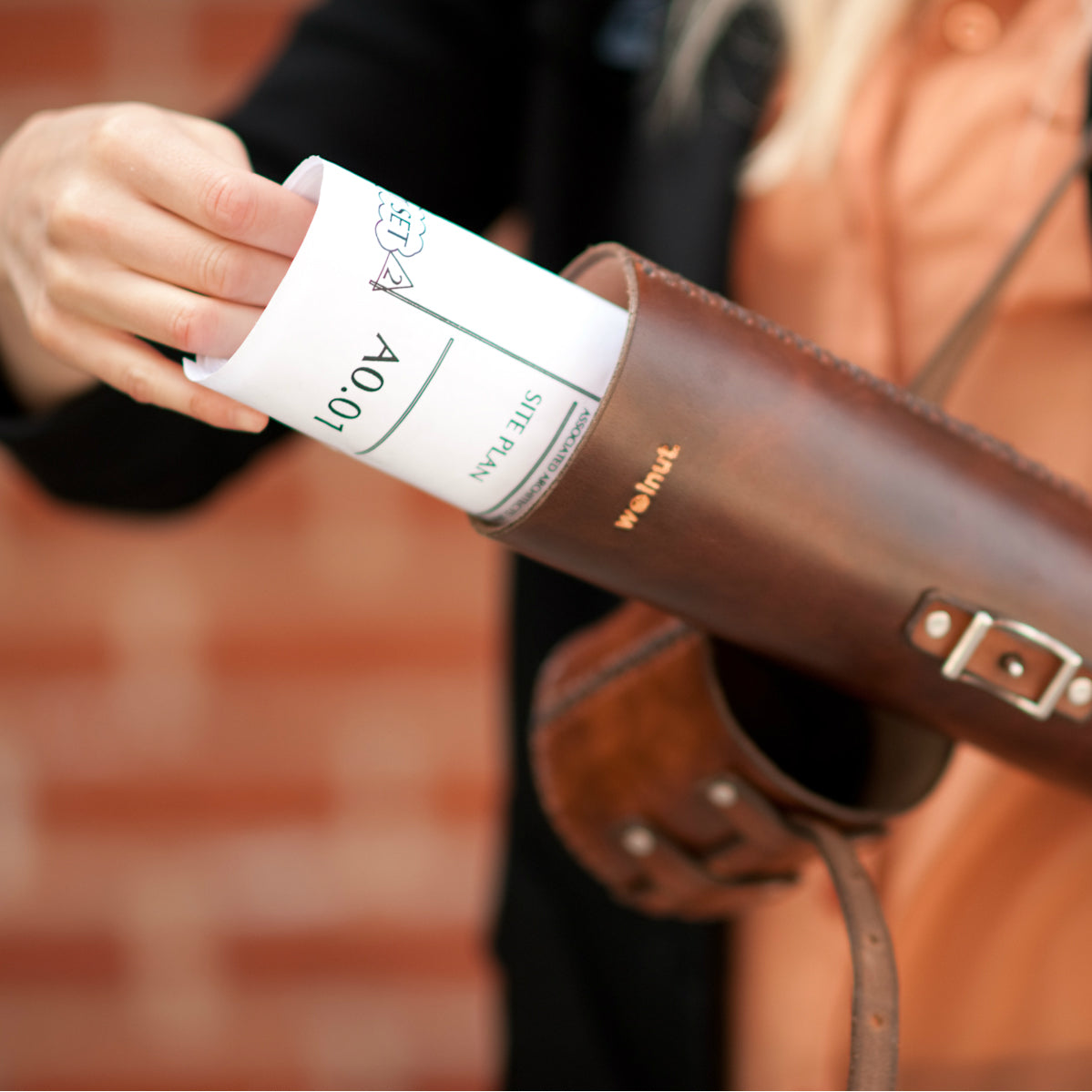
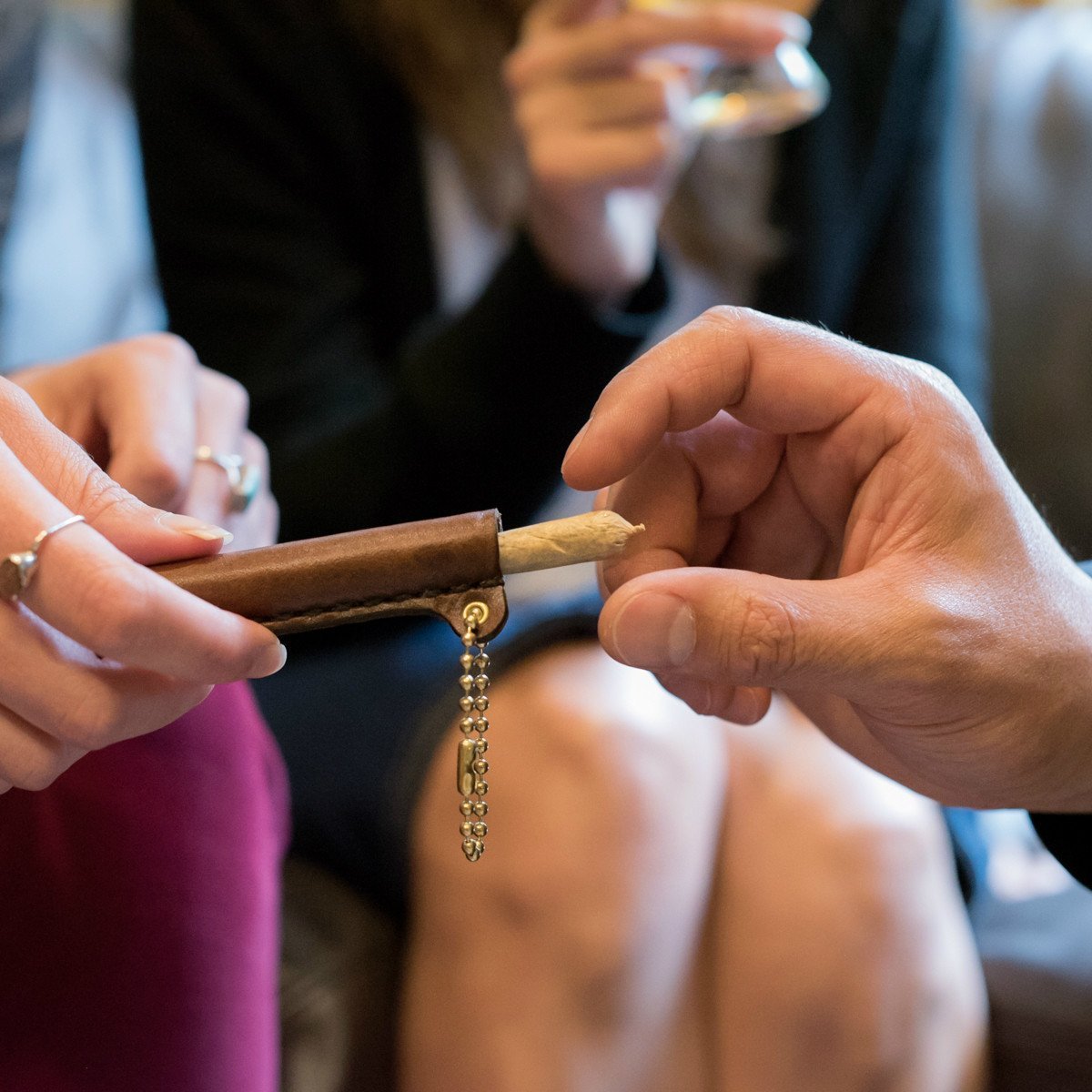
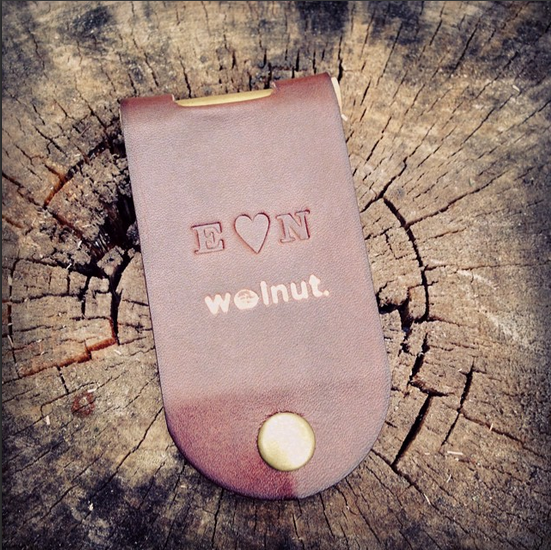
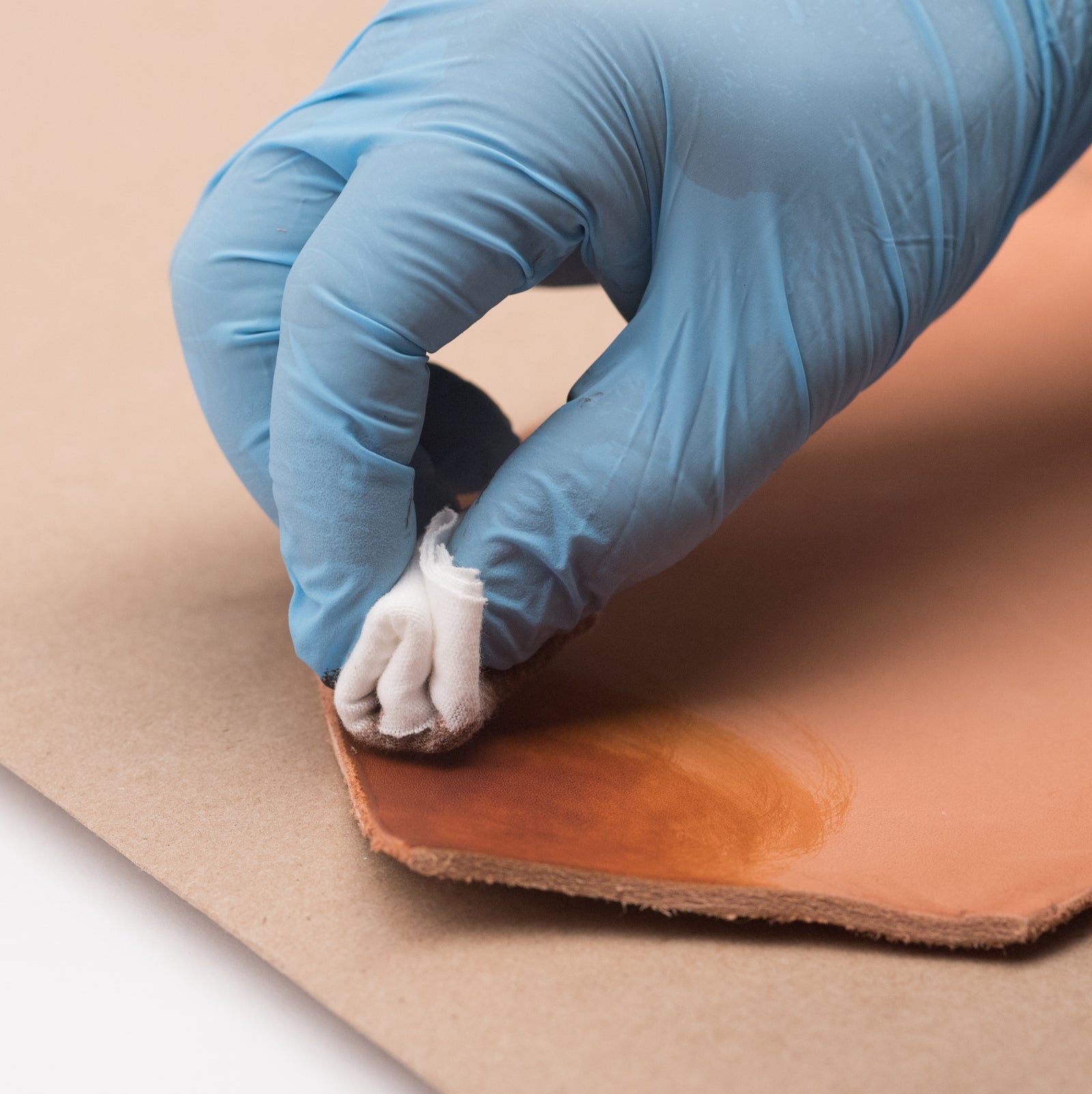

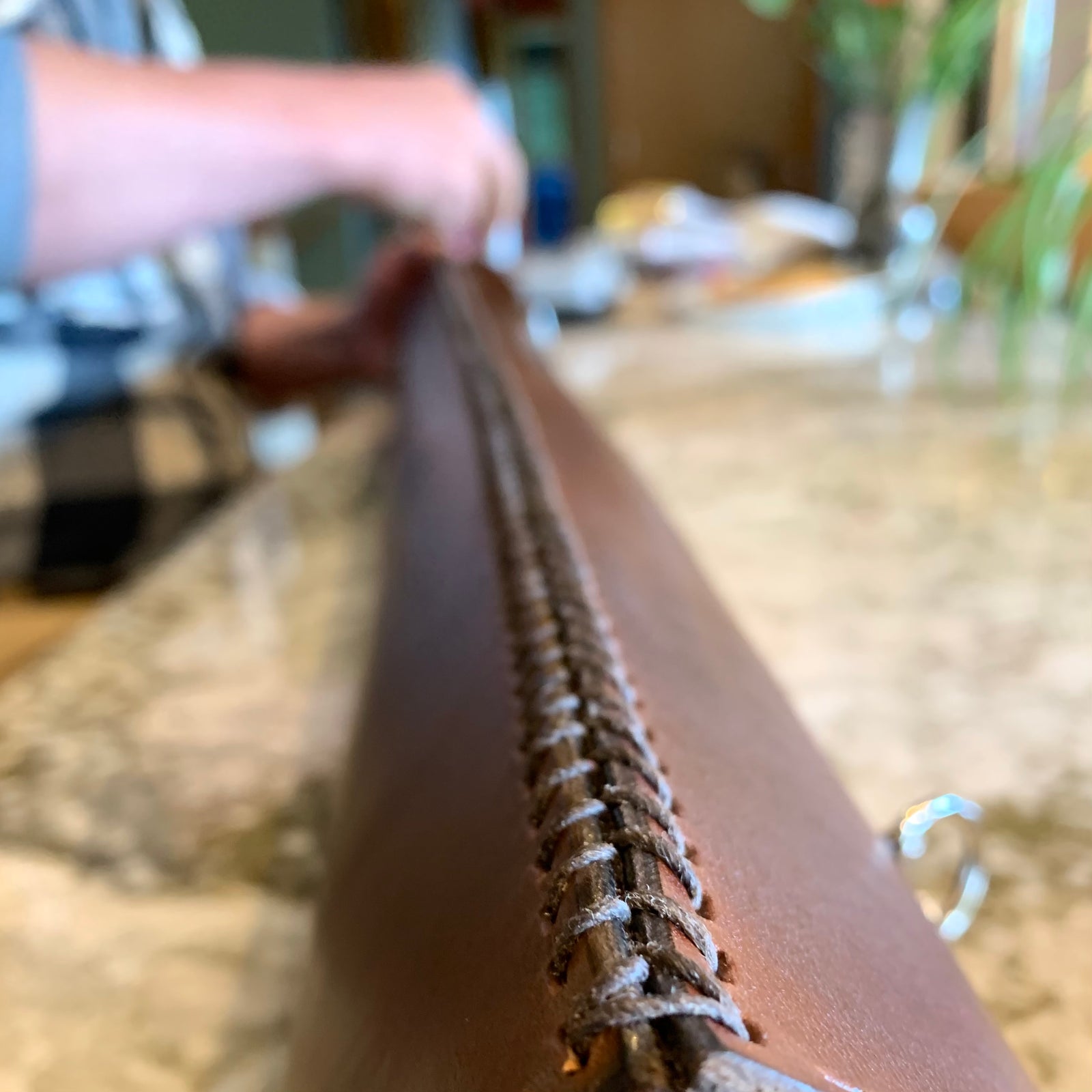
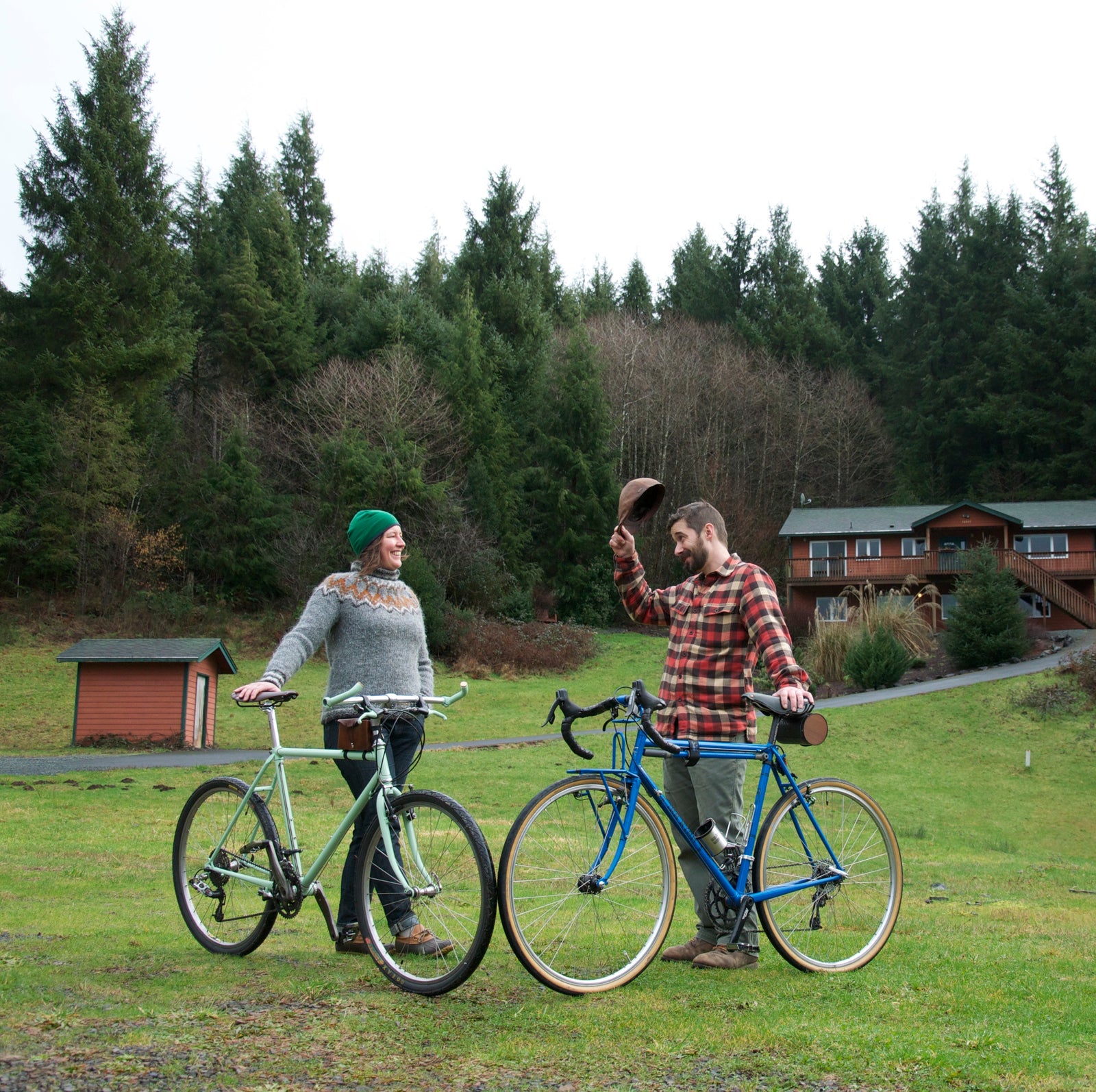
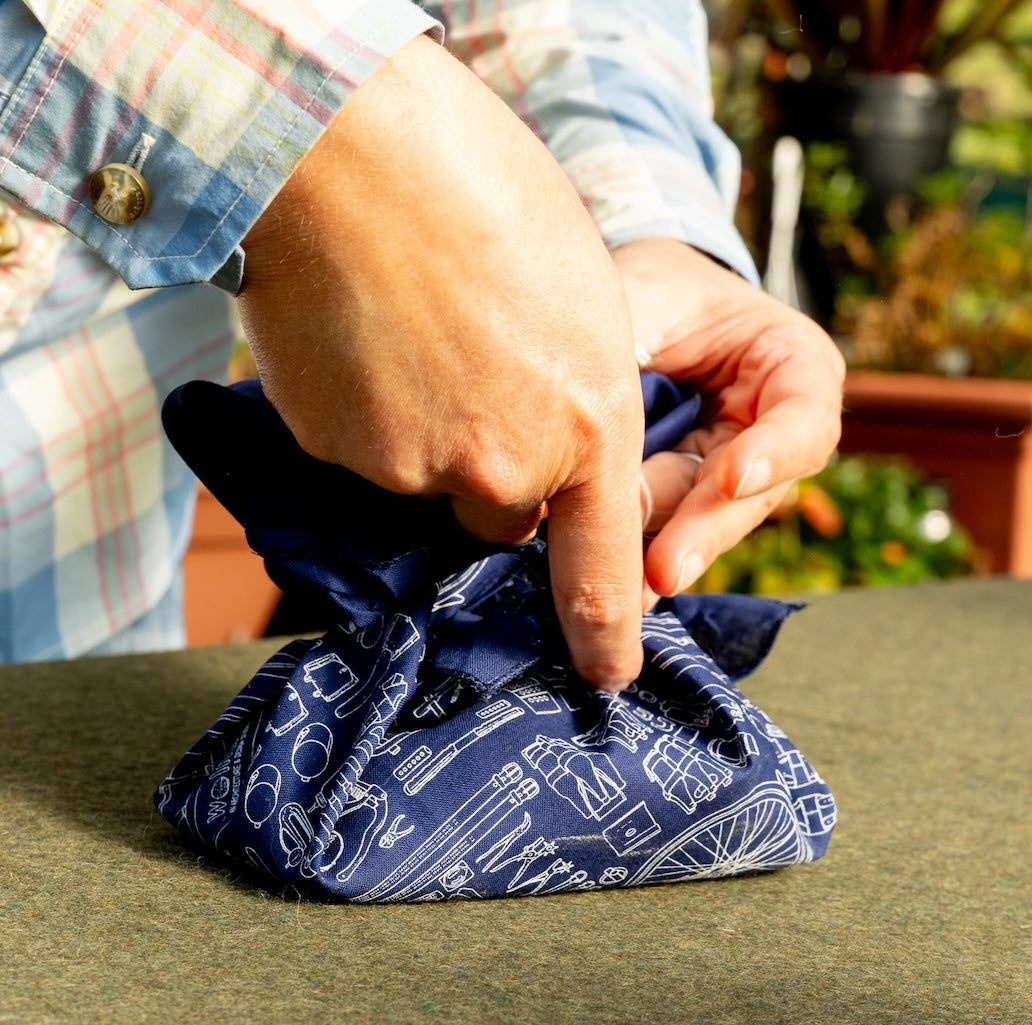










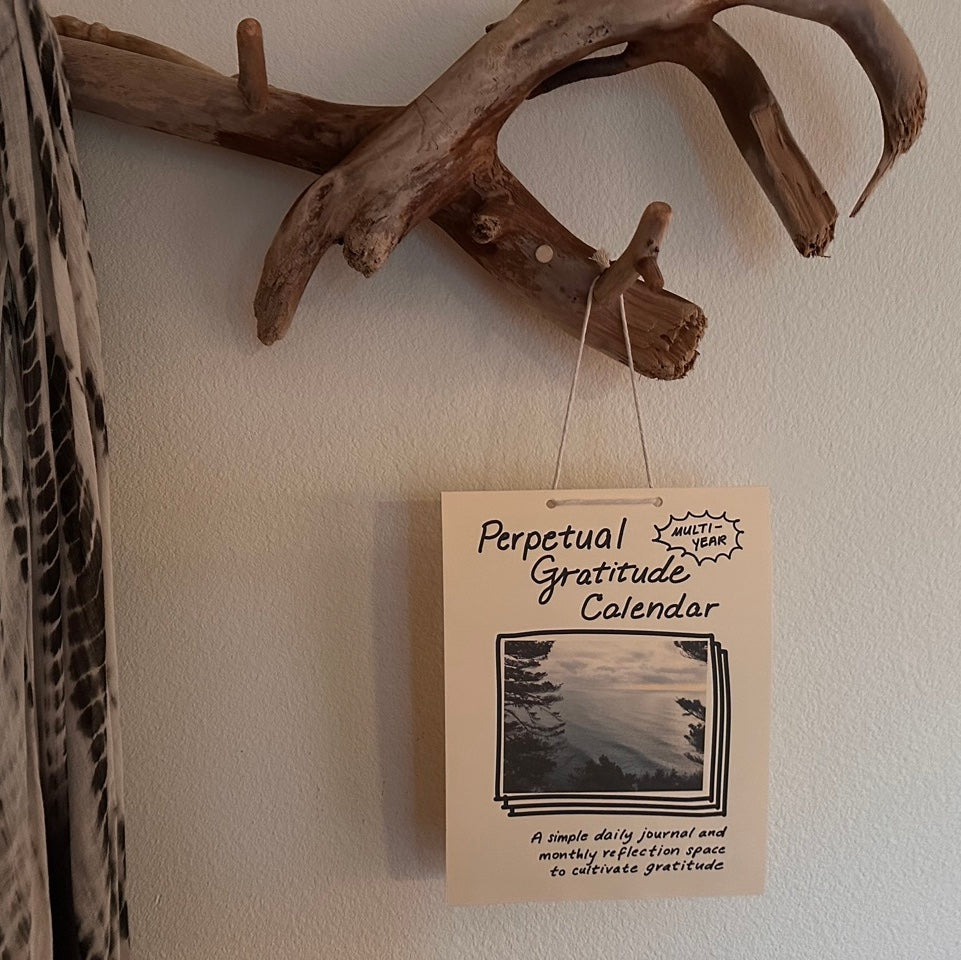
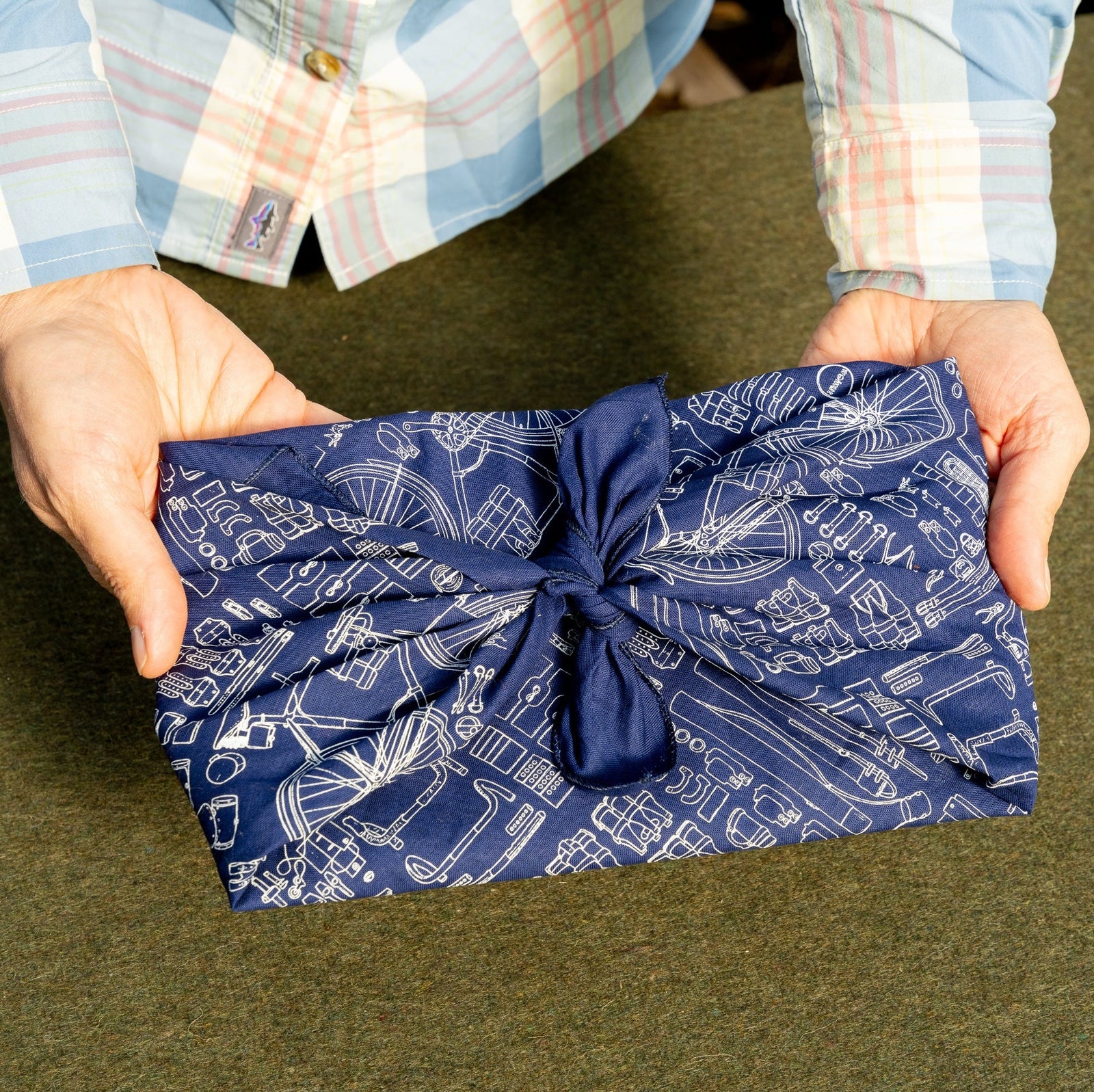

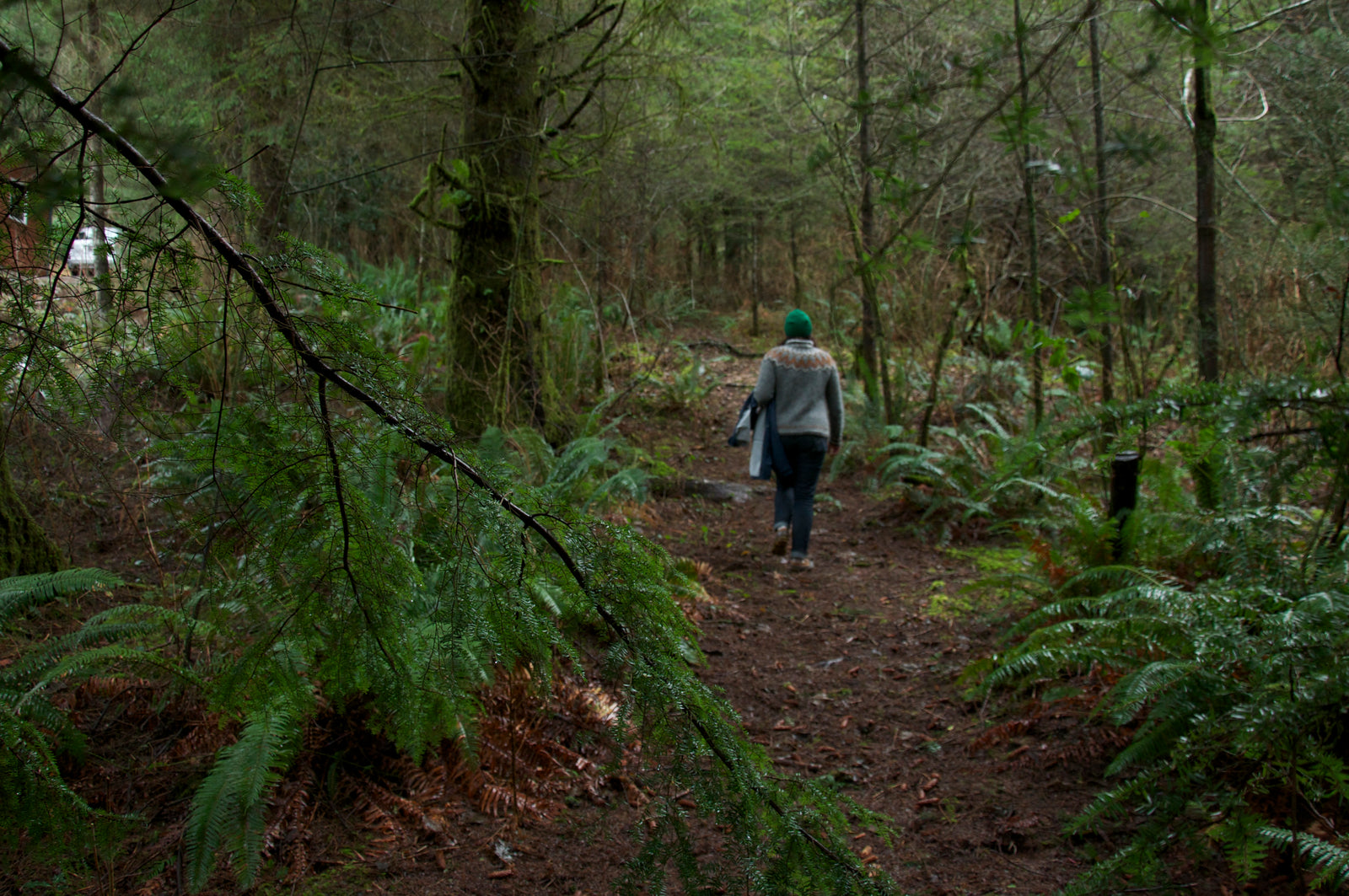
Leave a comment (all fields required)